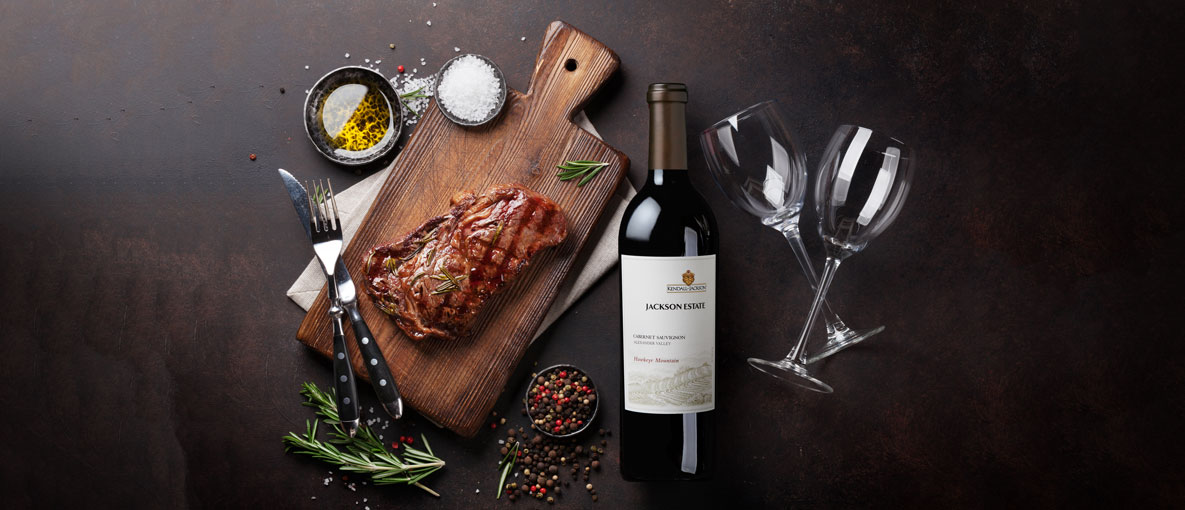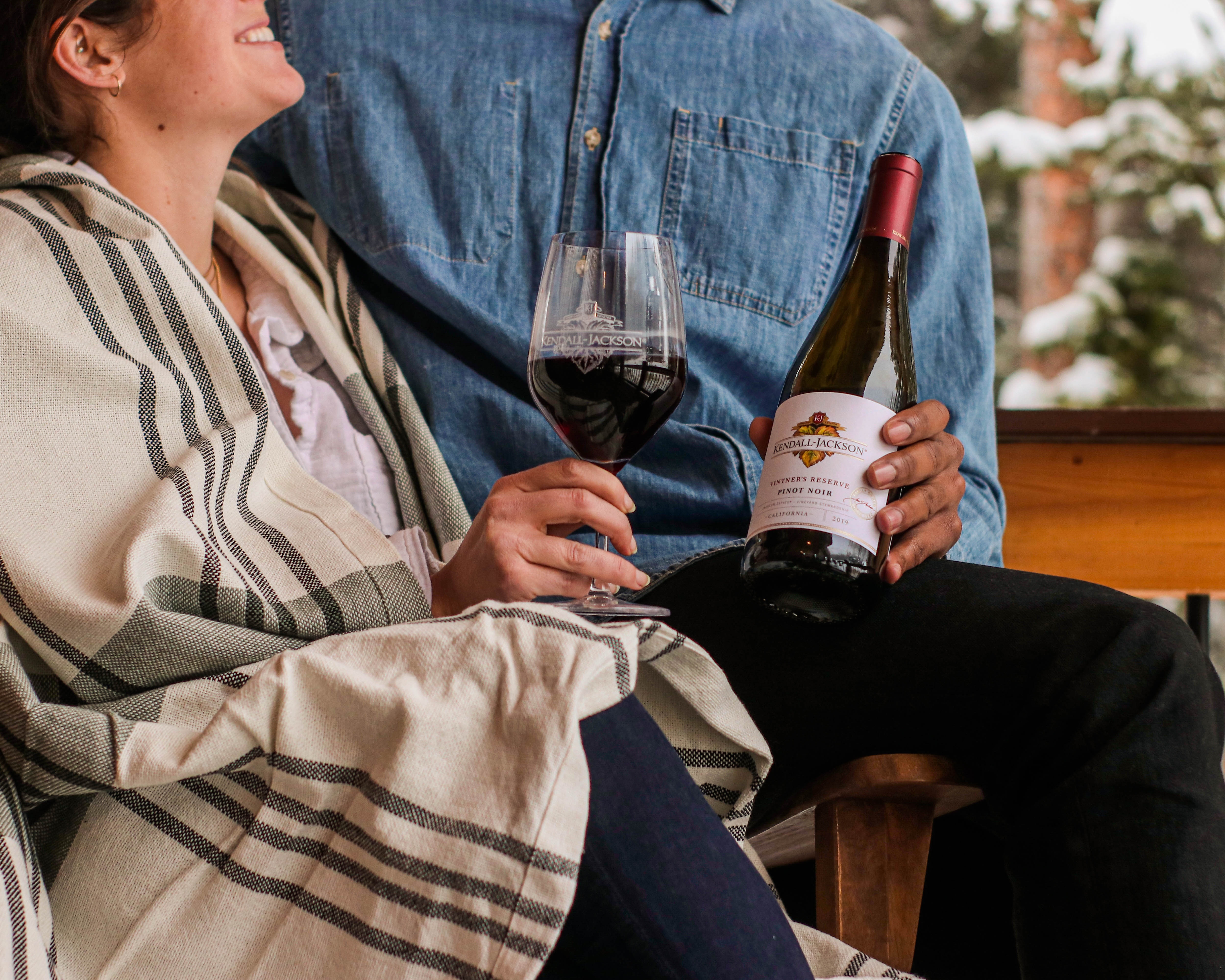Wine 101: Navigating A Wine List
One of our favorite things about dining out is exploring different wines and wine lists. Our favorite lists offer some wines we’ve tried, several we’ve been wanting to taste and a few intriguing wines, perhaps, we haven’t heard of yet.
Unfortunately, wine lists can also be a little intimidating – especially when combined with difficult to pronounce winery names, unfamiliar varietals or, worst of all, a snooty waiter. Don’t despair – navigating a wine list is not rocket science, and can easily become something enjoyable.
Check out a few of our tips below that’ll make selecting a wine that much easier the next time you’re out to eat.
Step 1: Ask For The Sommelier
While you might think that consulting the most wine-knowledgeable employee in the restaurant would be intimidating, think again. A good sommelier’s sole function is to assist the restaurant’s guests in selecting a bottle of wine within their price range that they will enjoy. It’s helpful to know what you will be ordering for your meal before he or she arrives at the table. Feel free to tell them what you’ve liked in the past – and don’t feel obligated to order the most expensive bottle they recommend.
If no sommelier is available, chances are your waiter will know quite a bit about the wines on the menu.
Step 2: Review How The Wines Are Organized
The most common organization is by wine type:
- Sparkling Wines & Champagnes
- White Wines
- Red Wines
- Dessert Wines
The categories will often be further organized by price, by region and/or country, or by wine style (which may progress from lighter wines to fuller bodied wines).
We have also seen a few wonderful wine lists that organize by style – such as “Light, crisp whites” and “Bold, Full-Bodied Reds.” These can be very helpful.
When in doubt about how (or why) the wines are organized as they are, just ask. Your waiter will likely be quite happy to chat through the wine list with you and recommend their favorites.
Step 3: Discuss What The Table Is Ordering
If you are sharing a bottle of wine, you may want to look at the most food-friendly options – Pinot Noir, medium-bodied fruity Merlot or an oaky, fruit-forward Chardonnay. If three diners are ordering red meat and one a light fish, opt for a heavier bottle of red for the meat eaters and then order a crisp Sauvignon Blanc or Chardonnay by the glass for the fish dish.
Step 4: How The Wines Are Listed
The wines listed will generally look something like this:
(1) 2005 (2) Kendall-Jackson (3) Highland Estates (4) Hawkeye Mountain (5) Cabernet Sauvignon, (6) Alexander Valley (7) Deep black cherry and cassis flavor with concentrated mineral and terroirial tones. Well extracted, elegantly muscular, with chewy, soft tannins.
But what does all that mean?
(1) The Vintage Year: Indicates the year the wine was harvested. If a wine says “NV” for Non-vintage, it is a blend of different years.
(2) Winery Name: The winery that produced the wine
(3) Wine Tier: The proprietary tier name of the wine – usually to indicate where the wine belongs in the winery’s portfolio.
(4) Vineyard Designation: For wines produced from a single vineyard site.
(5) Varietal: What type of grape the wine is produced from. European wines will traditionally list the region instead of the Varietal (e.g. Bordeaux instead of Cabernet Sauvignon, Burgundy instead of Pinot Noir).
(6) Region: The wine region the wine was grown in. Again, for European wines this will also indicate what grape the wine is made from. Ask your waiter or sommelier if you are unfamiliar with the style.
(7) Wine Description: Many wine lists will not include a description of the wine – but it’s awfully helpful when they do!



